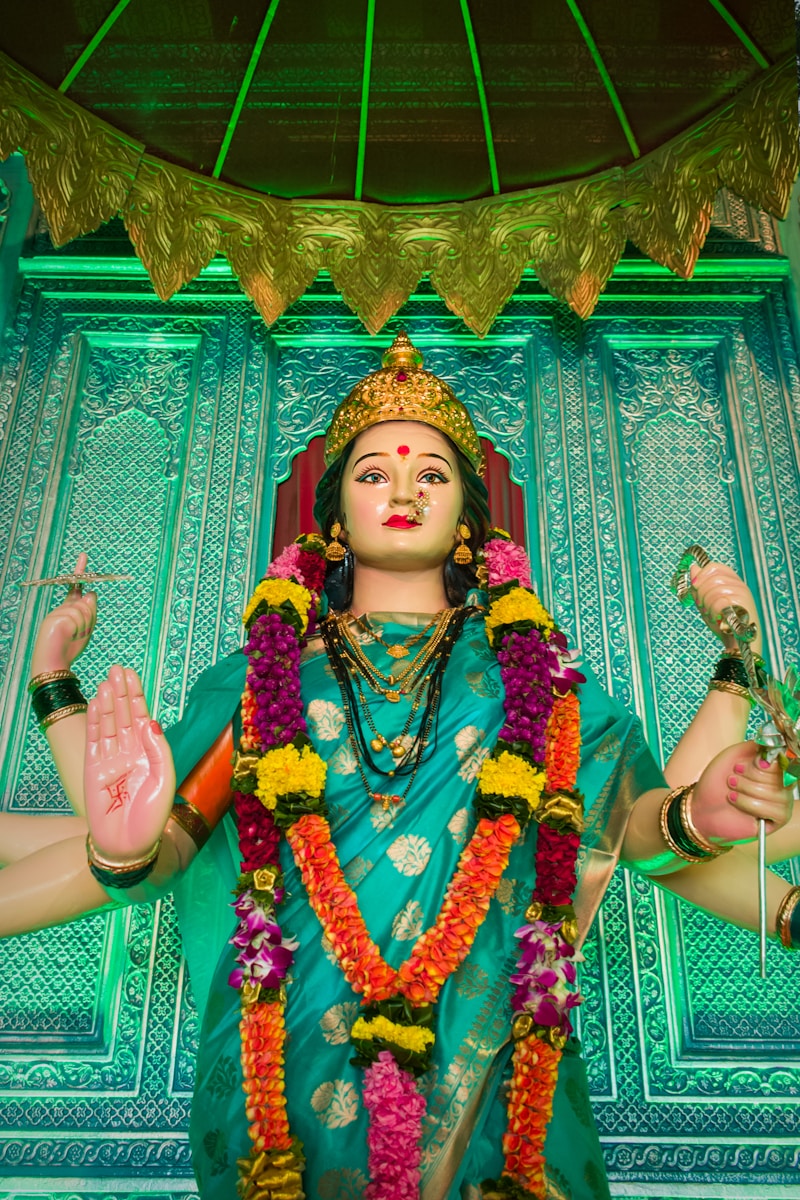The Enigmatic World of Cultural Veil Traditions
Cultural Veil Traditions: A Deep Dive into Their Significance and Diversity
The cultural veil has held a prominent place in the traditions of various societies across the globe. From the intricate lace of European wedding veils to the elegant hijabs worn by Muslim women, the cultural veil serves as a symbol of identity, modesty, and heritage. This article will explore various aspects of cultural veil traditions, their historical significance, contemporary relevance, and some frequently asked questions surrounding them.
Understanding Cultural Veils Worldwide
Cultural veils are not just pieces of fabric; they are imbued with meaning and purpose. Here, we will look into different types of veils around the world:
| Type of Veil | Region | Significance |
| Hijab | Middle Eastern and North African regions | Worn for modesty, a sign of faith |
| Burqa | Afghanistan | Ultra-modest attire for women |
| Wedding Veil | Western nations | Symbol of purity and transition into married life |
| Chador | Iran | Traditional garment for women in public |
| Dupatta | South Asia | Worn as a scarf; signifies modesty and tradition |
Historical Roots of Cultural Veil Traditions
Veils have been worn throughout history for various reasons, including protecting women's modesty, denoting status, and adhering to cultural norms. In ancient Egypt, veils were often a sign of noble status, while in Roman times, it was customary for married women to wear veils as a mark of respectability. The transition of veils through different eras showcases how their meanings have evolved while remaining integral to cultural identity.
Veils in Religious Practices
Various religions incorporate veils as an essential aspect of their teachings. In Islam, the hijab is rooted in the Quran, where modesty is emphasized. Christian traditions have also utilized veils, particularly during worship, signifying respect and humility before God. In Judaism, married women often cover their hair as a sign of modesty following the commandments. Such practices highlight how veils can embody spirituality and community values.
Modern Perspectives on Cultural Veils
In today's global society, cultural veils often face misconceptions and stereotypes. They are viewed through various lenses, sometimes seen as an expression of oppression, while others view them as symbols of empowerment and individuality. The choice to wear a veil is profoundly personal and often intertwined with cultural identity.
Empowerment Through Choices
For many women, wearing a veil represents control over their bodies and choices. In fashion and social circles, they embrace their veils as an aspect of their personal style. Events such as “World Hijab Day” strive to raise awareness about the choices women make regarding their headscarves, promoting solidarity and understanding across cultures. This highlights the modern approach to cultural veils, where women affirm their right to choose.

Common Misunderstandings About Veil Traditions
Despite their rich history and cultural significance, there are prevalent misconceptions surrounding the practice of wearing veils:
- Veils are only worn by Muslim women: Women of various cultures and religions wear veils. Each type of veil has its distinct cultural significance.
- Veils signify oppression: While some may perceive veils as symbols of restriction, many women express that their choice to wear one is empowering.
- All veils look the same: The diversity of veil styles reflects cultural origins, personal choices, and fashion influences.
Frequently Asked Questions About Cultural Veils
1. What are the benefits of wearing a cultural veil?
The benefits often include a sense of cultural pride, spiritual fulfillment, and personal empowerment. Women who choose to wear veils often find comfort and identity in their decision.
2. Can veils be fashionable?
Absolutely! Veils have evolved into a significant fashion statement, with designers incorporating delicate fabrics, vibrant colors, and intricate designs. Many women creatively express their individuality through their choice of veil.
3. How can society be more understanding of veiling practices?
Education plays a vital role in breaking down stereotypes. Understanding the rich history and personal significance behind veils can foster appreciation and respect for different cultures.
Conclusion: Embracing Cultural Veil Traditions
In summary, cultural veil traditions are a tapestry of history, identity, and empowerment. They weave together personal beliefs, cultural heritage, and social practices. As we navigate the complexities of the modern world, it's crucial to approach cultural veils with an open mind and a willingness to learn. Whether one chooses to wear a veil or simply appreciates the artistry behind it, these traditions deserve respect and understanding.
As global citizens, we must embrace the diversity of cultural expressions, including veils, and support individuality and freedom of choice. The world is rich with unique traditions, and by fostering understanding, we can appreciate the beauty in differences, truly enriching our shared human experience.